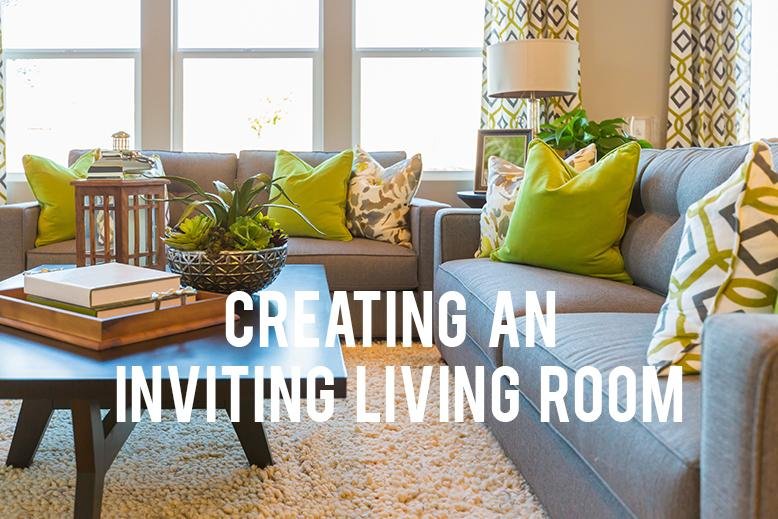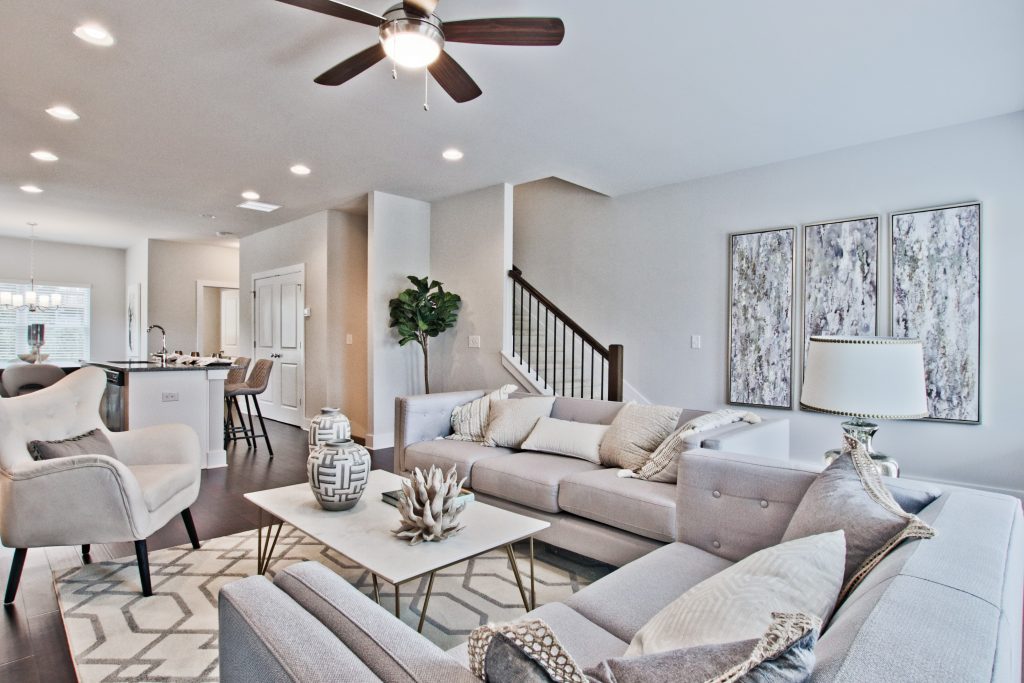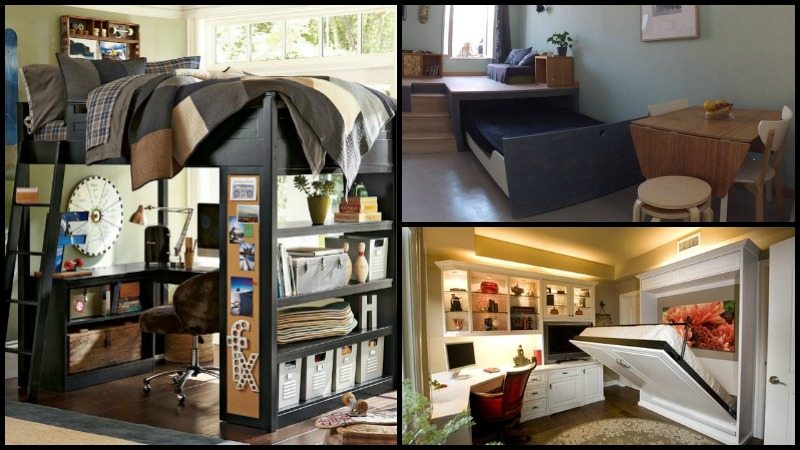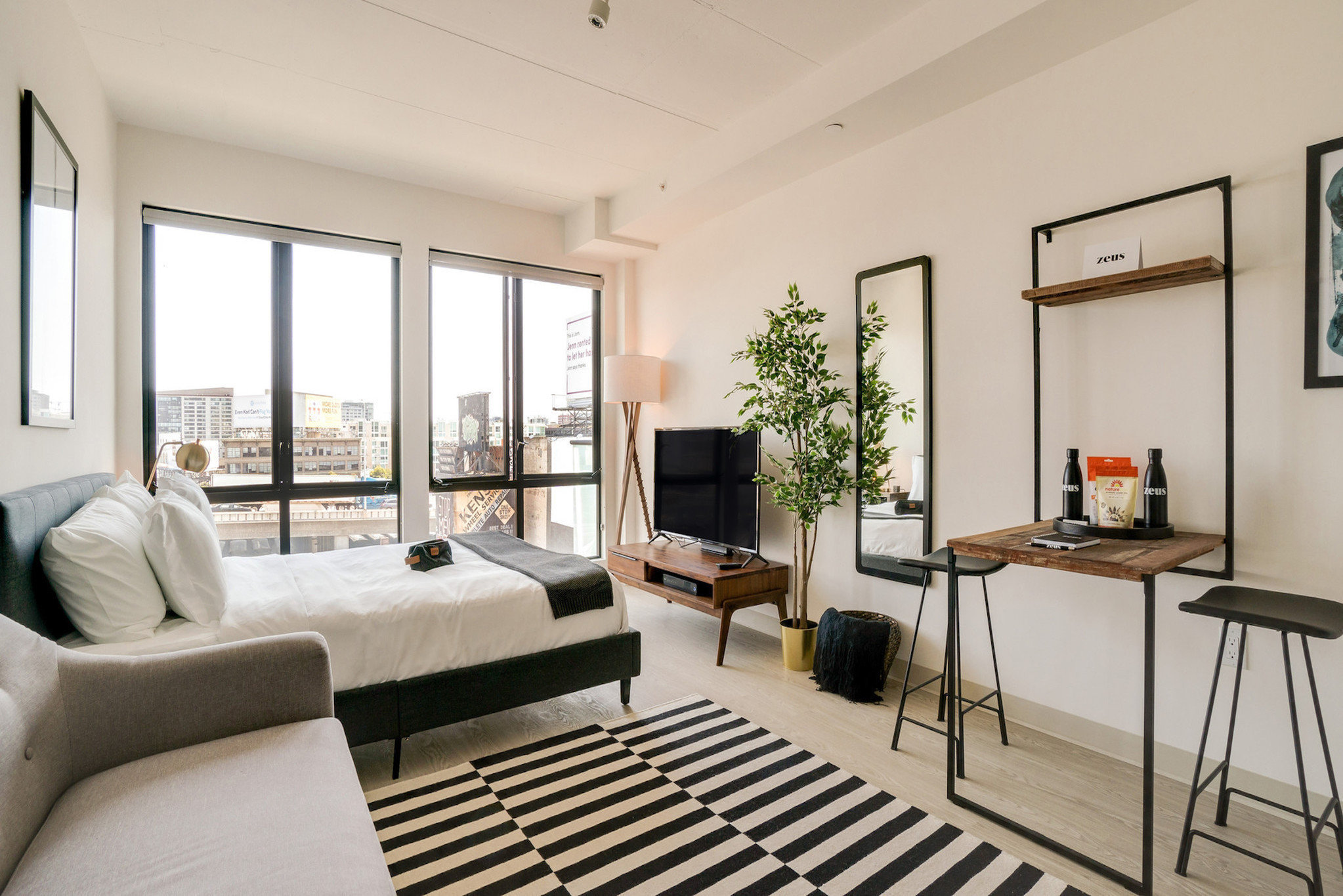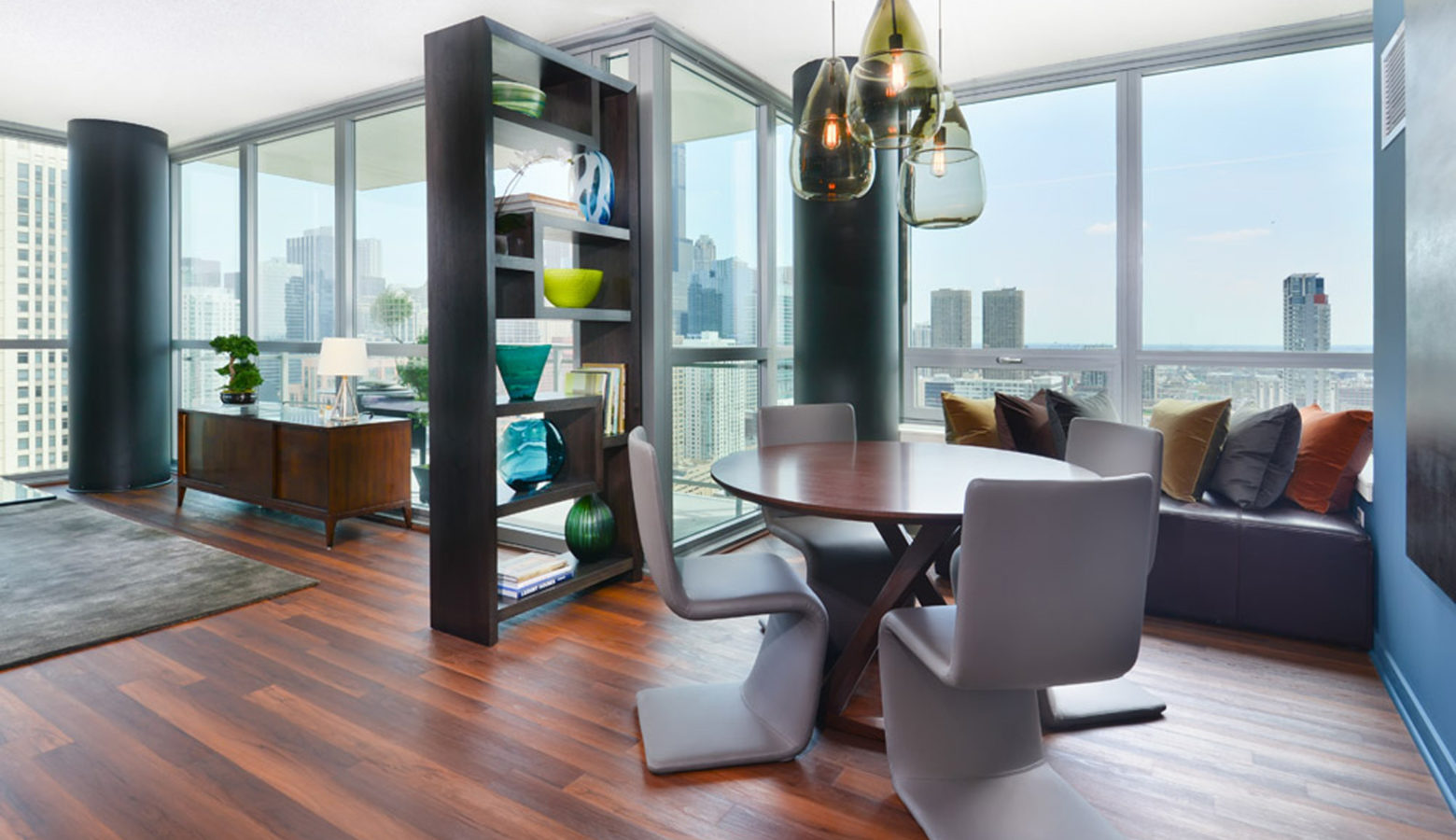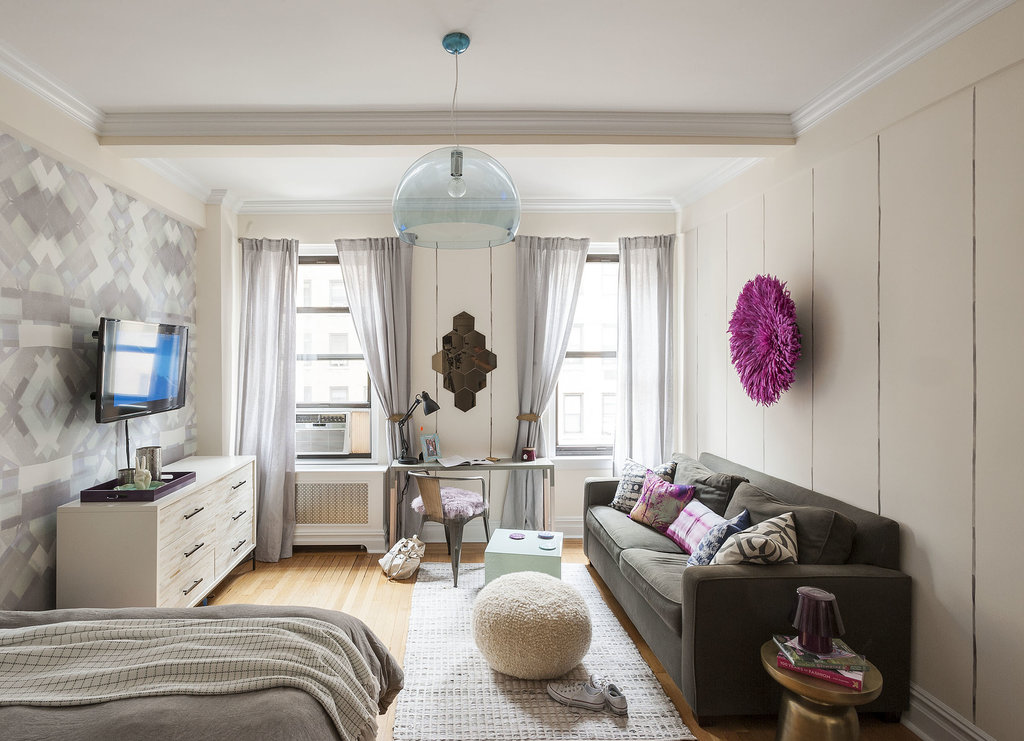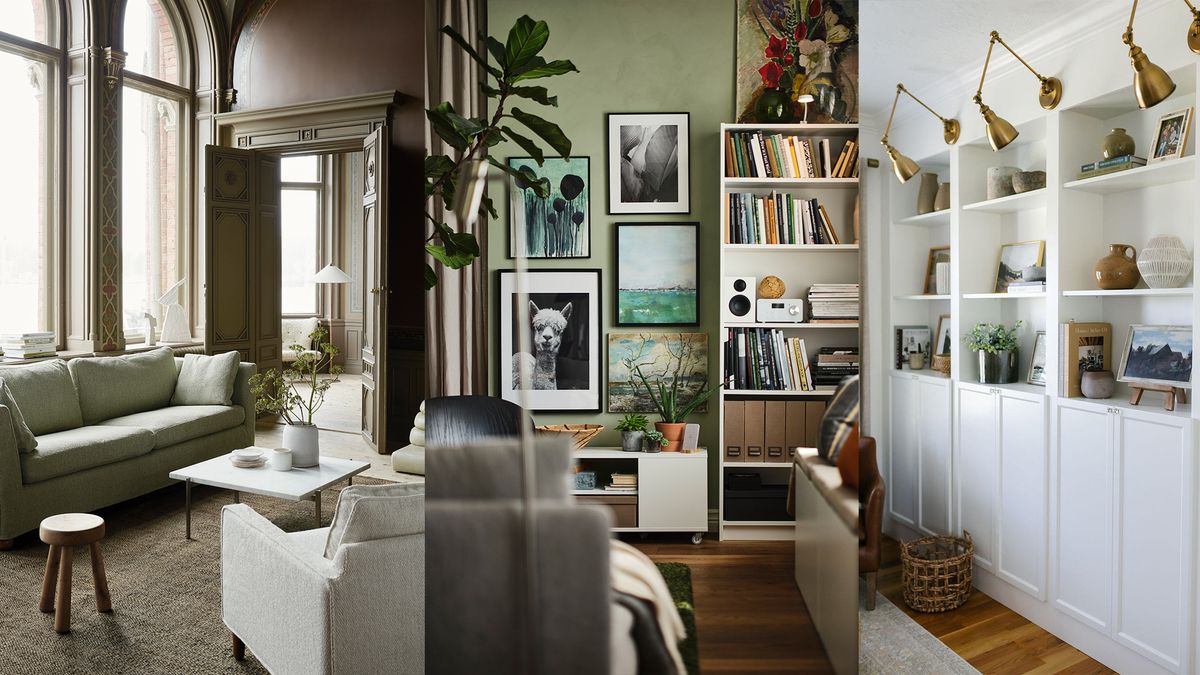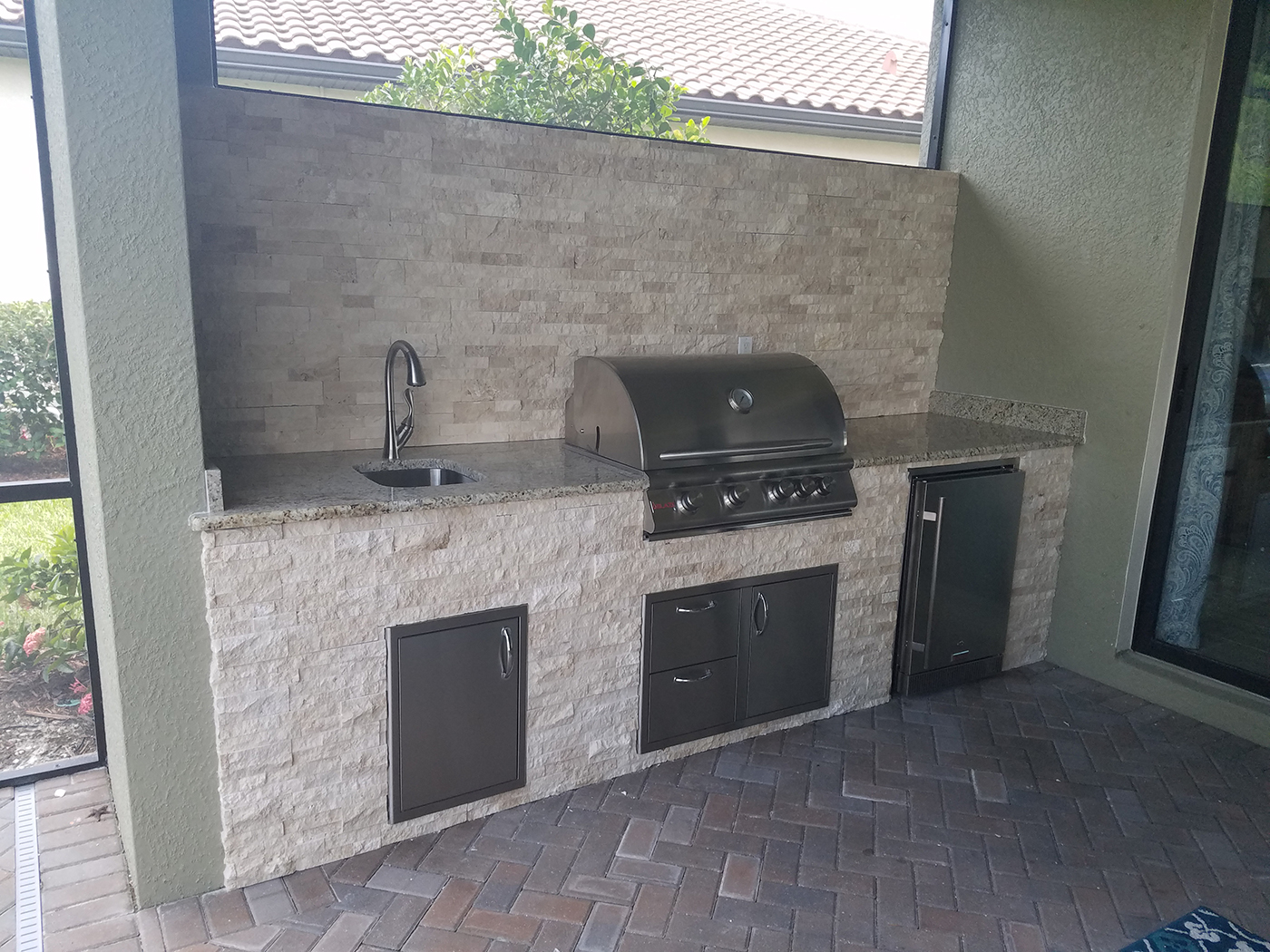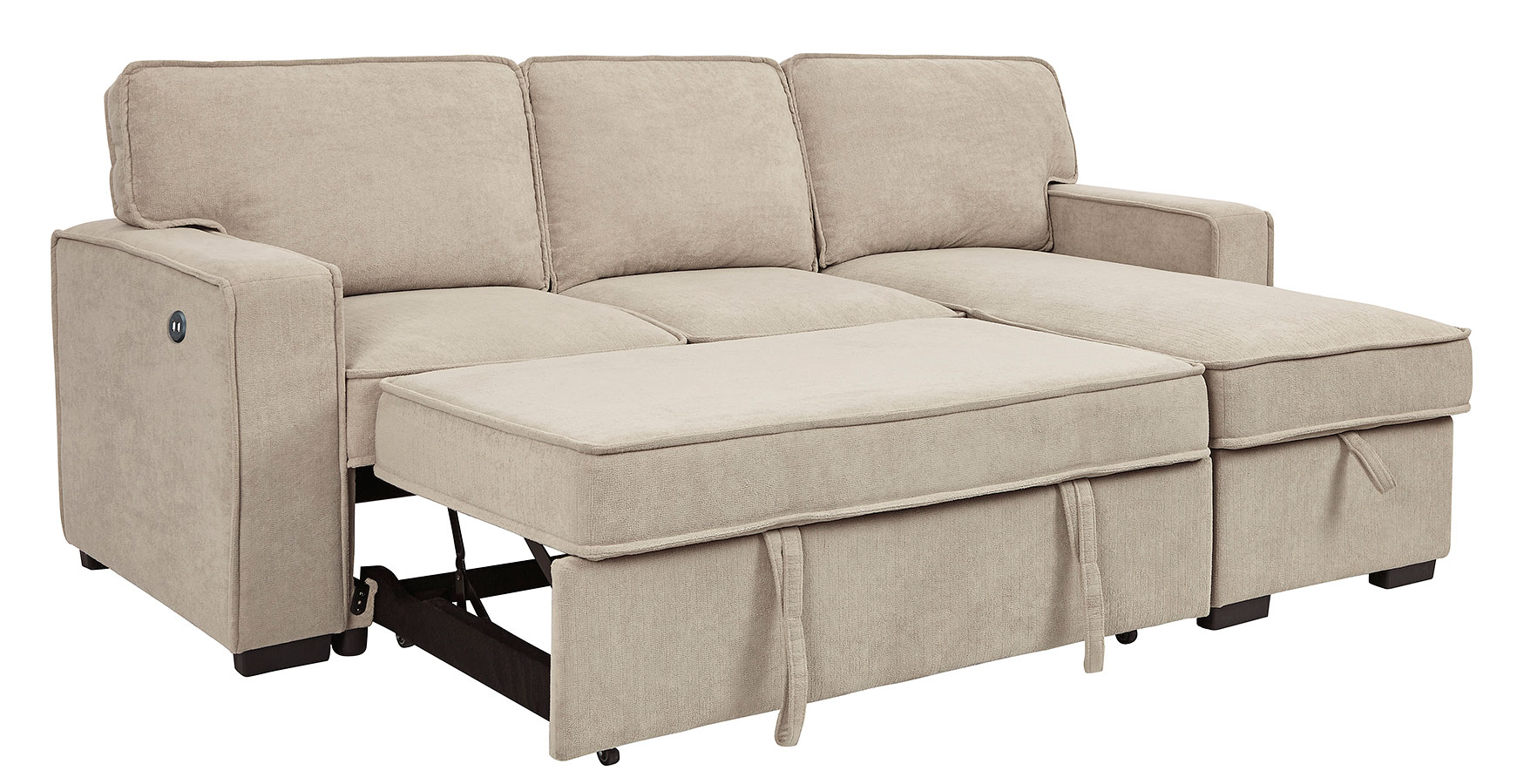When it comes to home design, the terms parlor and living room are often used interchangeably. However, these two rooms actually have distinct differences that make them unique in their own ways. From their origins to their design and purpose, here are the top 10 main differences between a parlor and living room.Parlor vs Living Room: What's the Difference?
While both a parlor and living room are considered formal spaces in a home, they serve different purposes. The parlor, also known as a sitting room or drawing room, is typically located near the entrance of a home and is used for entertaining guests. On the other hand, the living room is a more casual space for everyday living and relaxation.Understanding the Distinction Between a Parlor and Living Room
One of the main differences between a parlor and living room is their placement within a home. The parlor is typically located near the front of the house, while the living room is usually situated towards the back. This reflects the parlor's purpose of being a more formal and public space, while the living room is a more private and intimate area. Another key difference is the level of formality and decoration. A parlor is traditionally more ornate and elegant, with intricate furnishings and decor. In contrast, a living room is more relaxed and comfortable, with a focus on practicality and functionality.Key Differences Between a Parlor and Living Room
The origins of the parlor can be traced back to the 16th century in Europe, where it was a designated space for receiving guests and socializing. It was often a symbol of wealth and status, with luxurious furnishings and decorations. As society evolved, the parlor became more common in middle-class homes as a space for hosting guests and displaying one's wealth. The living room, on the other hand, emerged in the 19th century as a more casual space for family gatherings and relaxation. It was a response to the growing importance of privacy and comfort in the home. In the 20th century, the living room became a staple in American homes, while the parlor eventually faded in popularity.Exploring the History of Parlor and Living Room Design
When it comes to decorating a parlor and living room, there are a few key differences to keep in mind. For a parlor, opt for elegant and ornate furnishings such as chandeliers, velvet sofas, and antique pieces. Decorate with luxurious fabrics and intricate patterns to create a formal and sophisticated atmosphere. For a living room, choose comfortable and functional furniture that can withstand daily use. Add cozy elements such as plush sofas, throw pillows, and warm lighting to create a relaxing and inviting space. You can also incorporate personal touches and meaningful decor to make the room feel more like home.How to Decorate a Parlor and Living Room
Deciding between a parlor and living room for your home ultimately depends on your lifestyle and preferences. If you enjoy hosting formal gatherings and want to make a statement with your interior design, a parlor may be the perfect fit. However, if you prioritize comfort and practicality, a living room may better suit your needs.Parlor vs Living Room: Which is Right for Your Home?
Over time, the functions of a parlor and living room have evolved and adapted to fit the changing needs of society. While the parlor was once the central space for entertaining guests, the living room has now taken on that role in modern homes. However, both spaces still hold a special place in home design and continue to shape the way we use and decorate our homes.The Evolution of Parlor and Living Room Spaces
No matter which space you choose for your home, the key to creating a cozy and inviting atmosphere is to balance formality with comfort. In a parlor, incorporate plush seating, soft lighting, and warm colors to soften the formal elements. In a living room, add elegant touches such as decorative accents and stylish furniture to elevate the space.Creating a Cozy and Inviting Parlor or Living Room
Both a parlor and living room can be challenging to maximize space in, as they are often used for multiple purposes. To make the most of these rooms, opt for multi-functional furniture such as storage ottomans or built-in shelving. You can also use furniture placement and room dividers to create defined areas within the space.Maximizing Space in Your Parlor and Living Room
While the furniture in a parlor and living room may differ in style and purpose, there are still some similarities. Both spaces typically have seating options such as sofas, armchairs, and coffee tables. However, the furniture in a parlor is often more intricate and decorative, while the living room furniture is more practical and comfortable.Parlor and Living Room Furniture: Similarities and Differences
Difference Between A Parlor And Living Room

History and Evolution
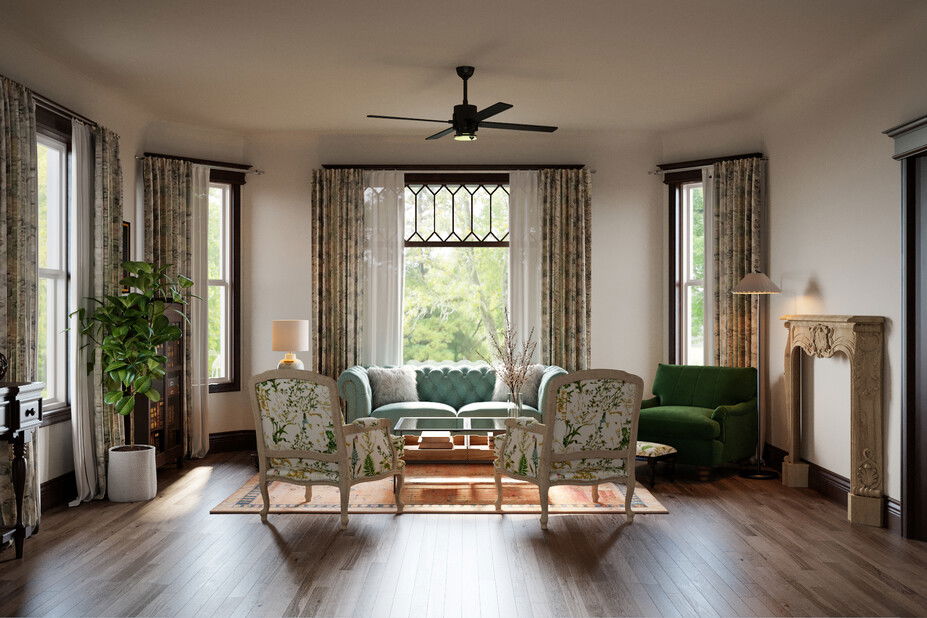 The terms "parlor" and "living room" have been used interchangeably for centuries, but they originally referred to distinct spaces with different purposes. The parlor, also known as the "drawing room," was a formal space used for receiving guests and entertaining. It was often located at the front of the house, near the entrance, and was considered the most elegant and sophisticated room in the home. The living room, on the other hand, was a more casual and comfortable space for everyday activities such as reading, watching TV, and spending time with family. As time went on, the lines between these two rooms became blurred and the parlor evolved into what we now know as the living room.
The terms "parlor" and "living room" have been used interchangeably for centuries, but they originally referred to distinct spaces with different purposes. The parlor, also known as the "drawing room," was a formal space used for receiving guests and entertaining. It was often located at the front of the house, near the entrance, and was considered the most elegant and sophisticated room in the home. The living room, on the other hand, was a more casual and comfortable space for everyday activities such as reading, watching TV, and spending time with family. As time went on, the lines between these two rooms became blurred and the parlor evolved into what we now know as the living room.
Function and Design
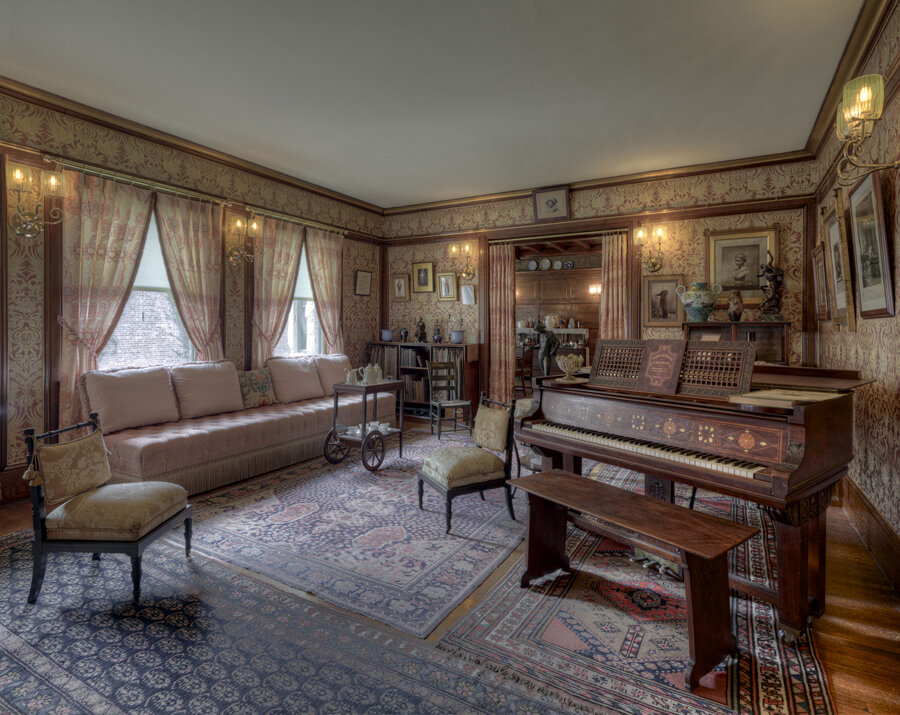 The main difference between a parlor and living room lies in their intended function. The parlor was designed to impress visitors and showcase the homeowner's wealth and status. It was often adorned with expensive furniture, intricate decorations, and fine art. The living room, on the other hand, was meant to be a cozy and functional space where the family could relax and spend time together. It was typically furnished with comfortable seating, entertainment systems, and personal items such as family photos and knick-knacks.
The main difference between a parlor and living room lies in their intended function. The parlor was designed to impress visitors and showcase the homeowner's wealth and status. It was often adorned with expensive furniture, intricate decorations, and fine art. The living room, on the other hand, was meant to be a cozy and functional space where the family could relax and spend time together. It was typically furnished with comfortable seating, entertainment systems, and personal items such as family photos and knick-knacks.
Layout and Location
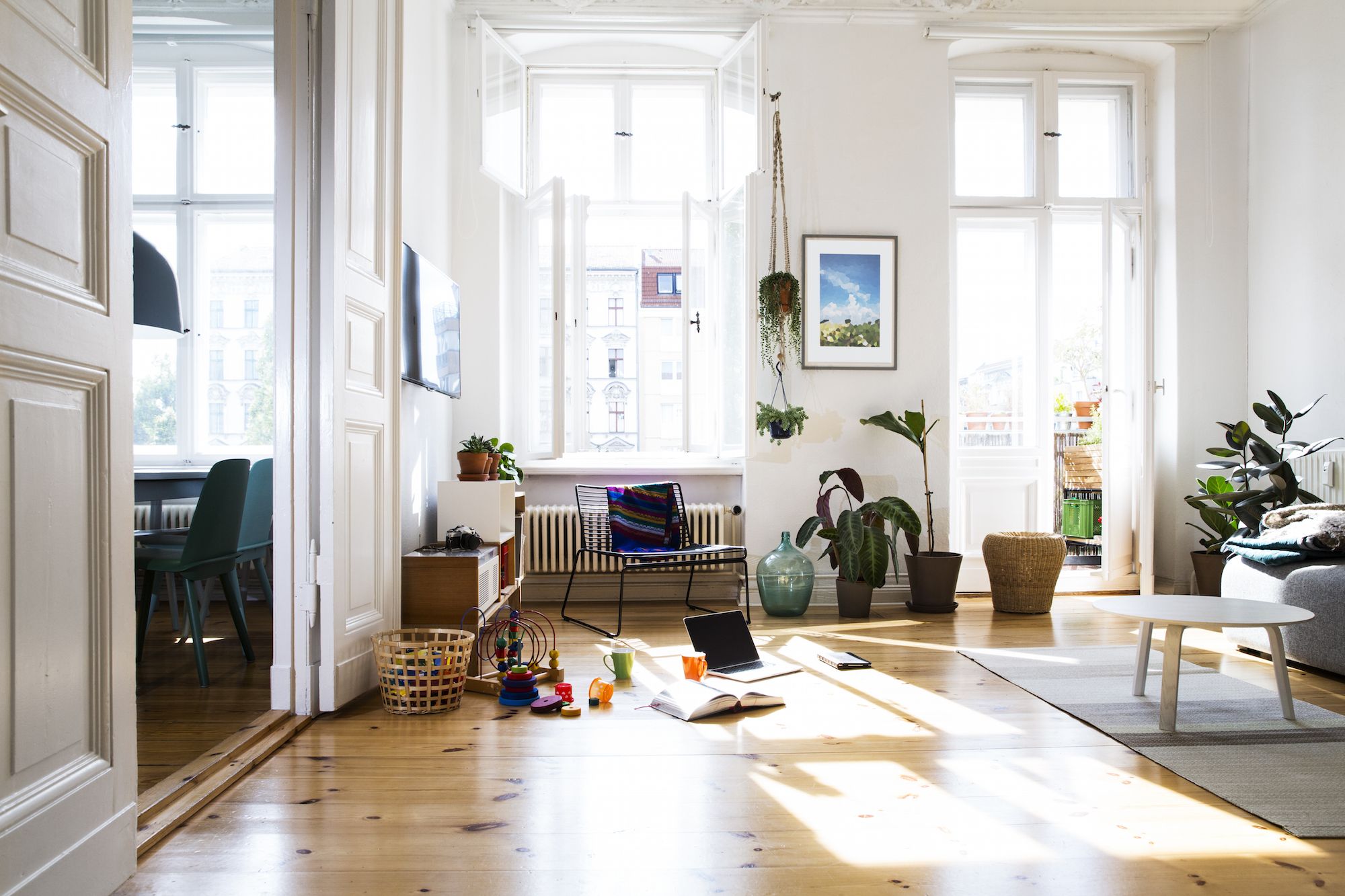 In terms of layout and location, the parlor and living room also differed. The parlor was typically located at the front of the house, near the entrance, and was often separated from the rest of the house by a set of grand doors. This positioning allowed for a sense of formality and privacy when receiving guests. The living room, on the other hand, was usually located towards the back of the house and connected to other rooms such as the dining room and kitchen. Its open layout allowed for easy flow and interaction between family members.
In terms of layout and location, the parlor and living room also differed. The parlor was typically located at the front of the house, near the entrance, and was often separated from the rest of the house by a set of grand doors. This positioning allowed for a sense of formality and privacy when receiving guests. The living room, on the other hand, was usually located towards the back of the house and connected to other rooms such as the dining room and kitchen. Its open layout allowed for easy flow and interaction between family members.
Modern Day Usage
:max_bytes(150000):strip_icc()/ScreenShot2021-10-01at12.56.47PM-110ddbb7878f487fa3ac006567b8deb9.jpg) In modern times, the distinction between a parlor and living room has become less significant. With the rise of open floor plans and a more casual approach to home design, the two rooms have merged into one. The term "parlor" is rarely used anymore and the living room has become a multi-functional space that can be used for both formal and informal gatherings. Homeowners now have the freedom to design their living rooms to suit their personal style and needs, whether it be a formal entertaining space or a cozy family hangout.
In conclusion, while the terms "parlor" and "living room" may have once referred to two distinct spaces, they have evolved to become one multi-functional space in modern home design. Whether you choose to call it a parlor or living room, the important thing is that it reflects your personal style and serves its intended purpose as a space for both relaxation and socializing.
In modern times, the distinction between a parlor and living room has become less significant. With the rise of open floor plans and a more casual approach to home design, the two rooms have merged into one. The term "parlor" is rarely used anymore and the living room has become a multi-functional space that can be used for both formal and informal gatherings. Homeowners now have the freedom to design their living rooms to suit their personal style and needs, whether it be a formal entertaining space or a cozy family hangout.
In conclusion, while the terms "parlor" and "living room" may have once referred to two distinct spaces, they have evolved to become one multi-functional space in modern home design. Whether you choose to call it a parlor or living room, the important thing is that it reflects your personal style and serves its intended purpose as a space for both relaxation and socializing.


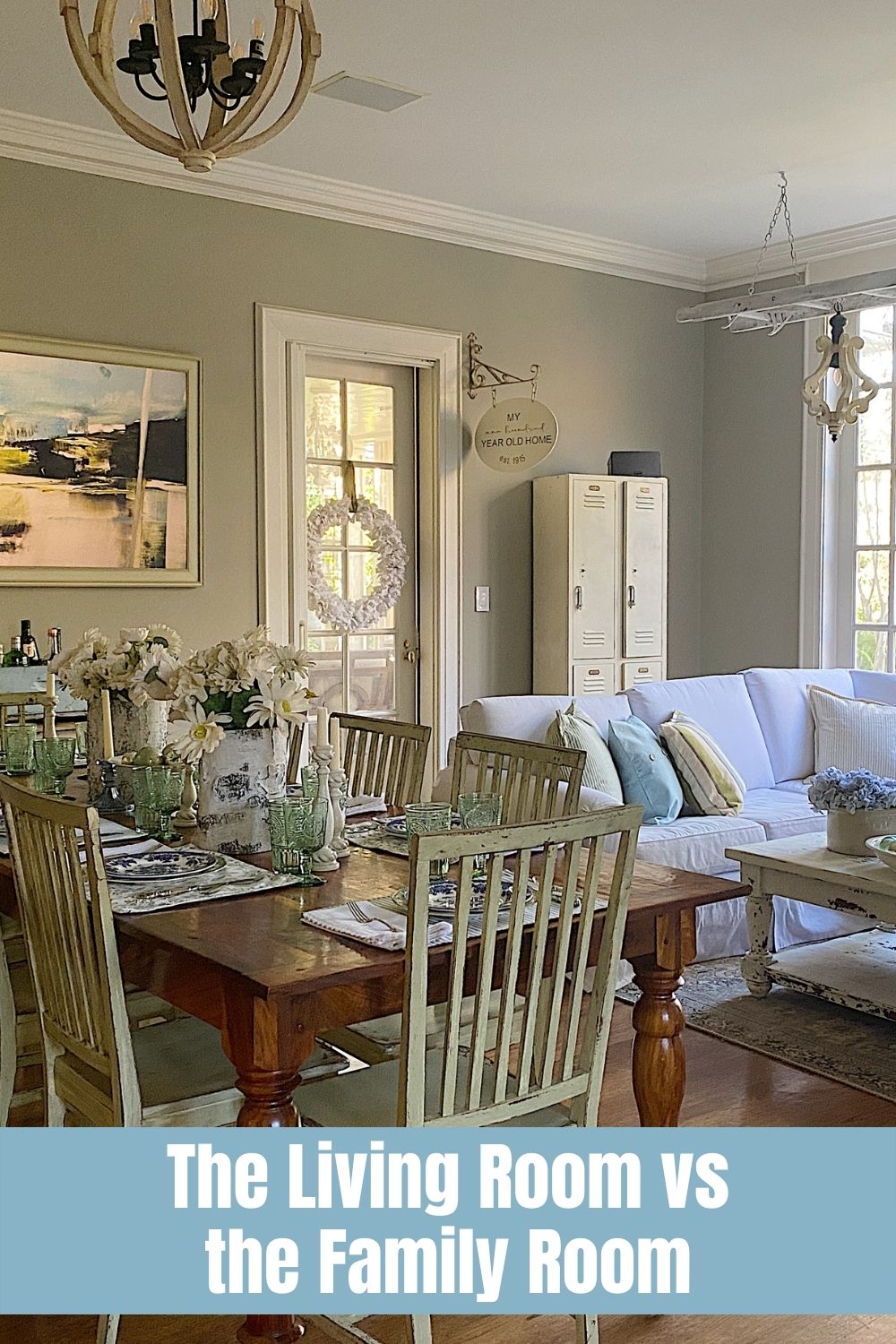



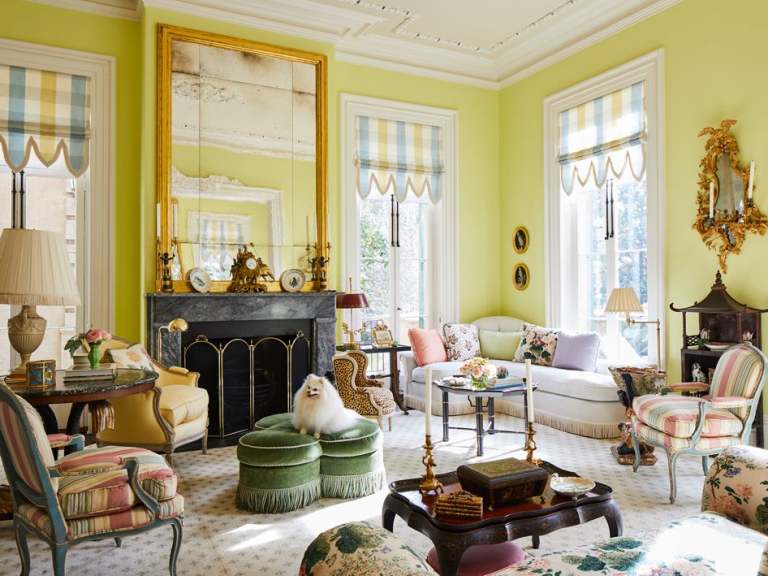
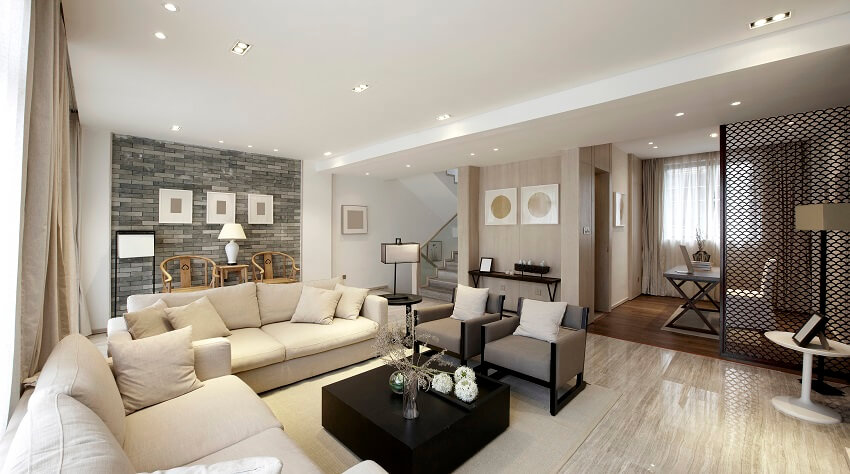



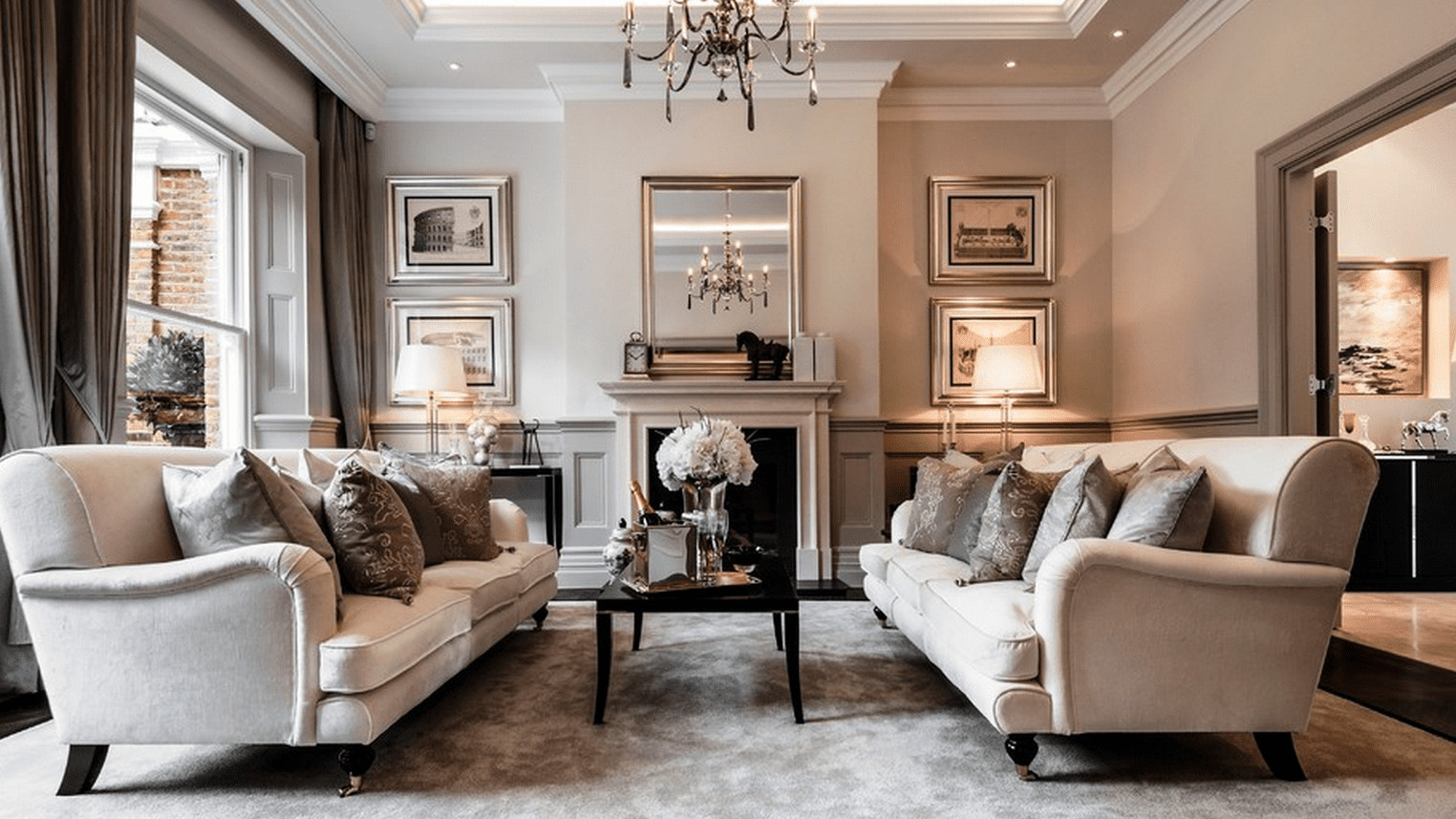







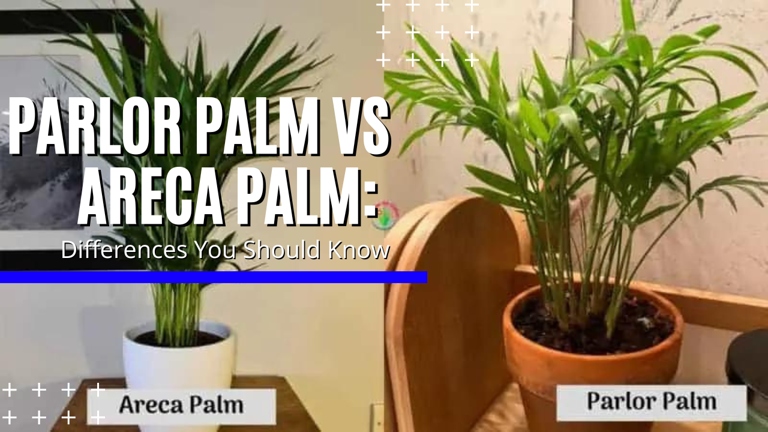









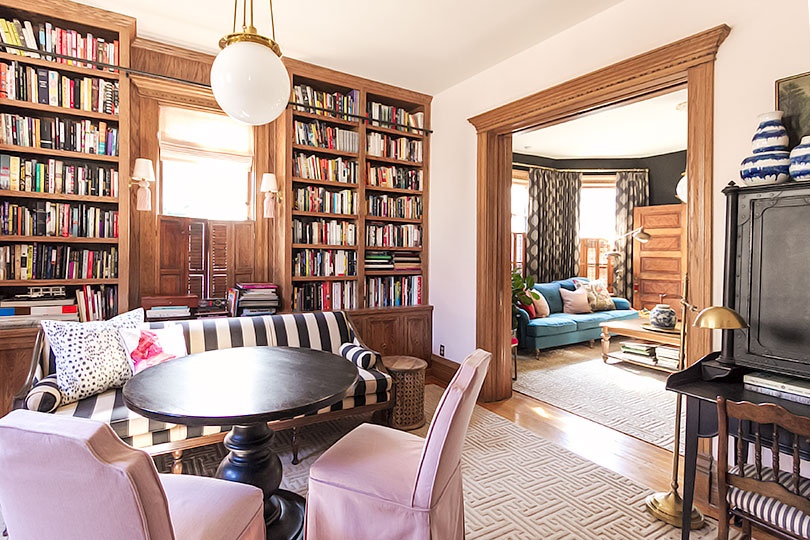





:max_bytes(150000):strip_icc()/Chuck-Schmidt-Getty-Images-56a5ae785f9b58b7d0ddfaf8.jpg)
/GettyImages-9261821821-5c69c1b7c9e77c0001675a49.jpg)
/small-living-room-ideas-4129044-hero-25cff5d762a94ccba3472eaca79e56cb.jpg)
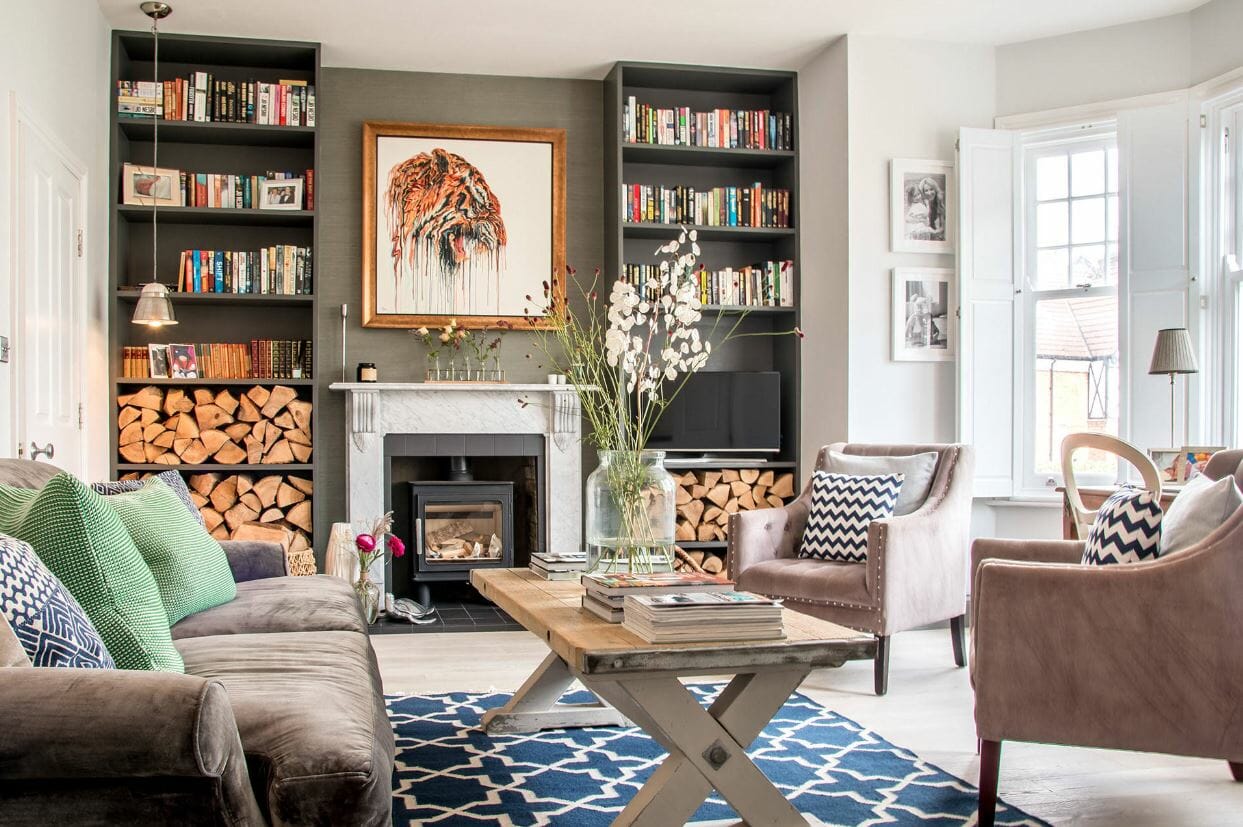




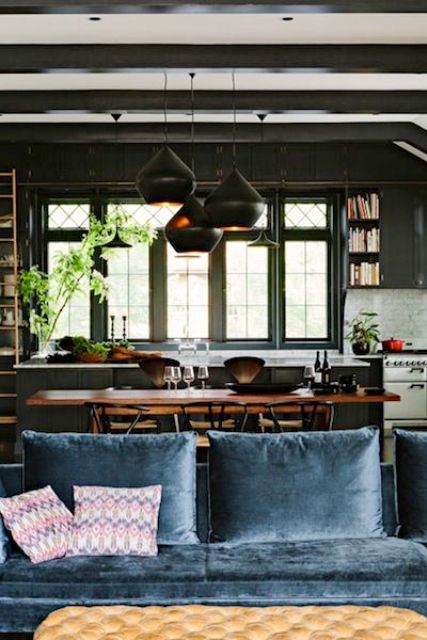




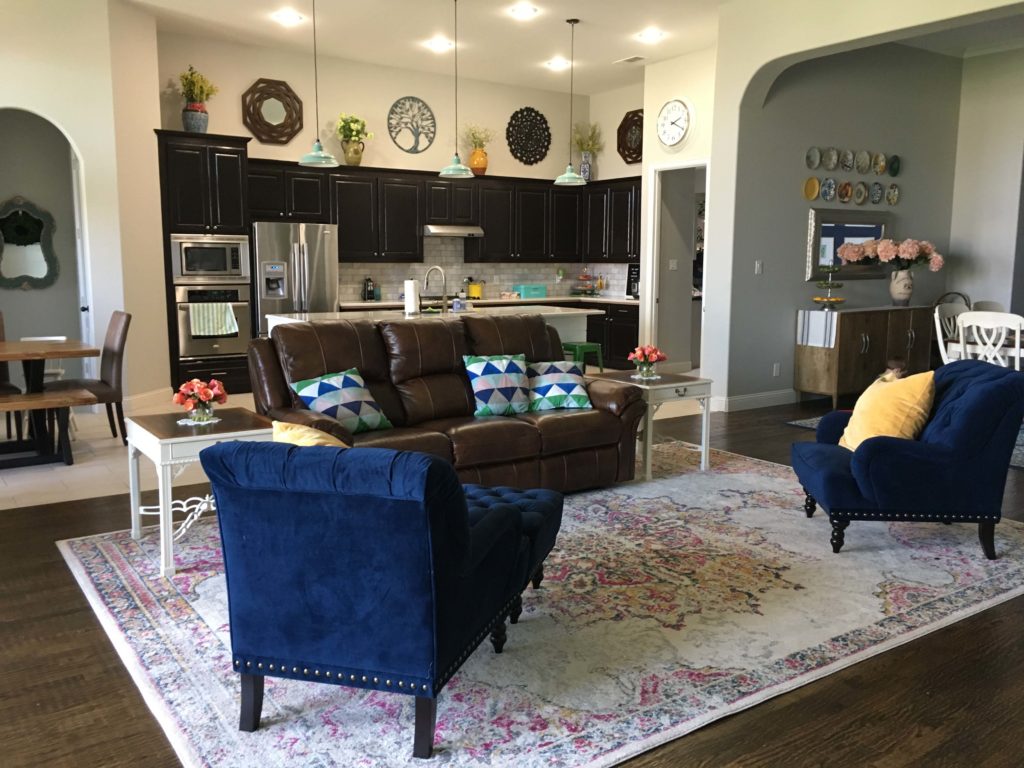


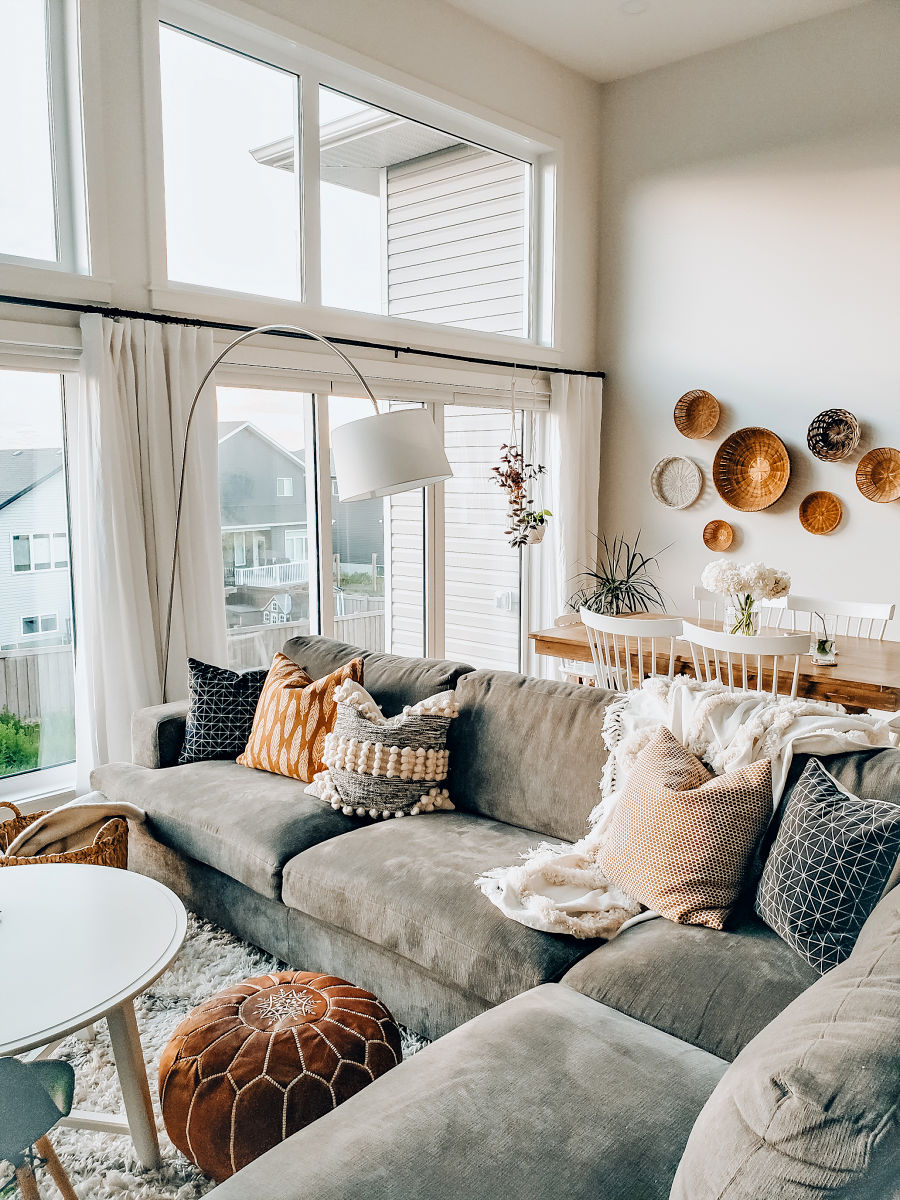


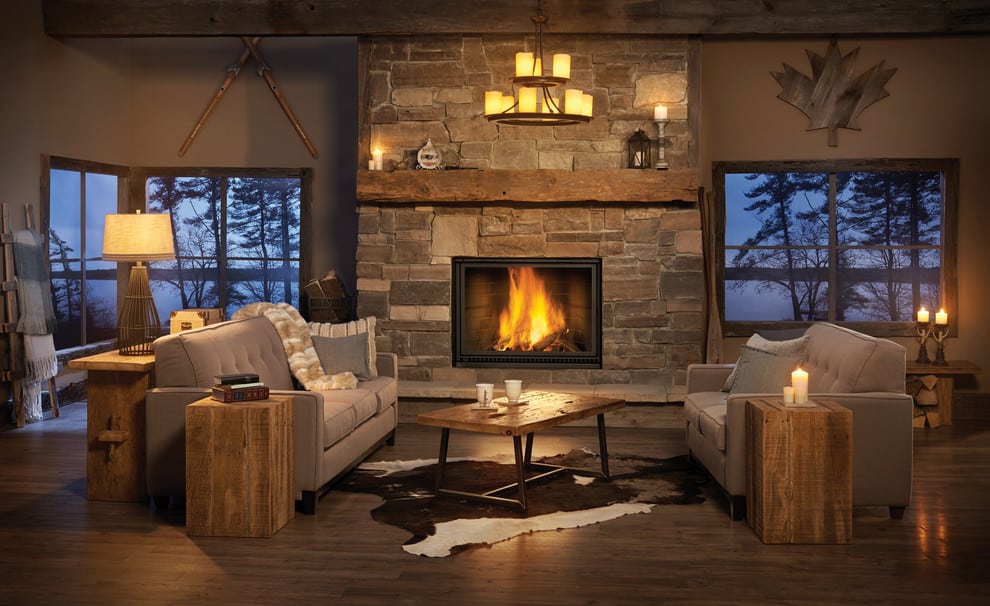
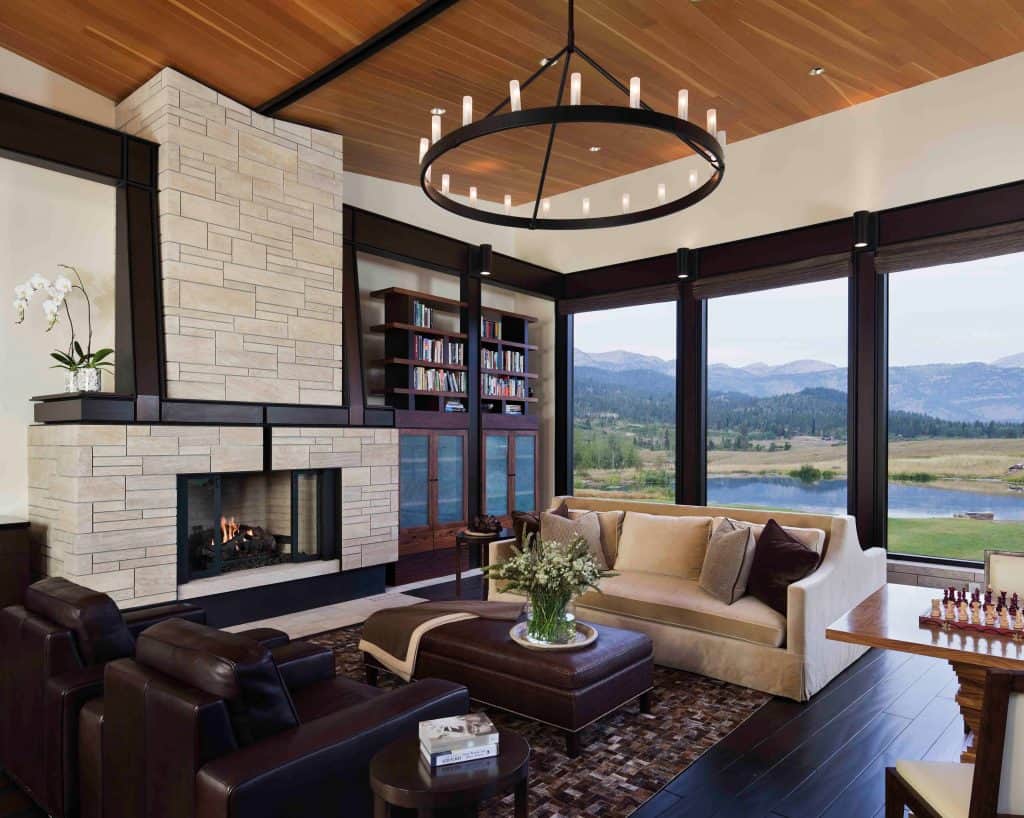

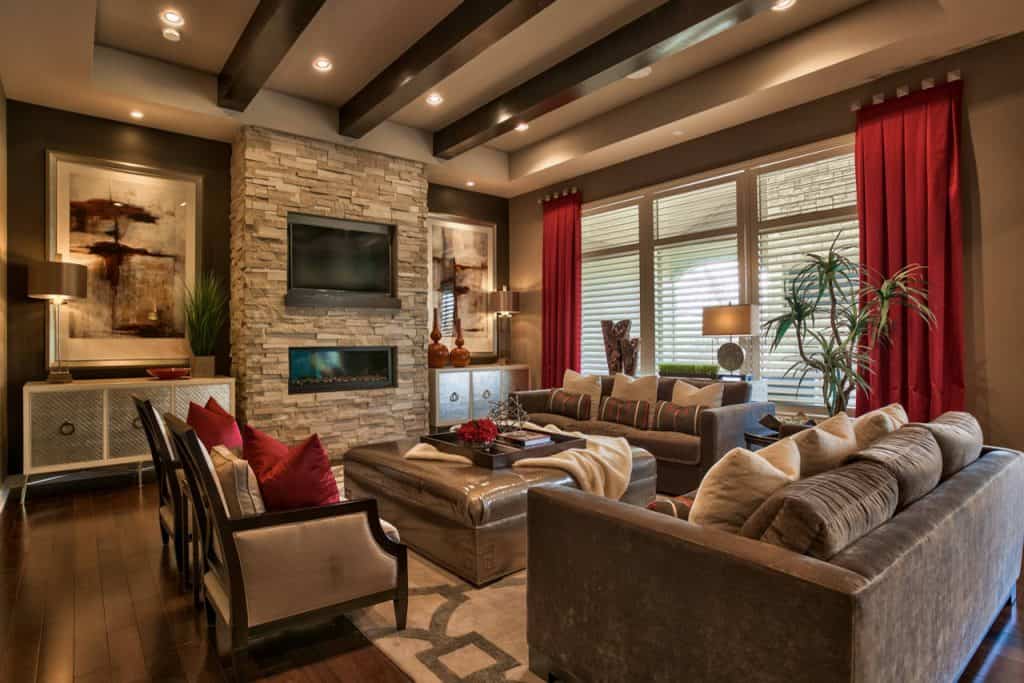
/Cozy-living-room-with-vaulted-ceiling-589fb14d3df78c4758a5523e.png)
